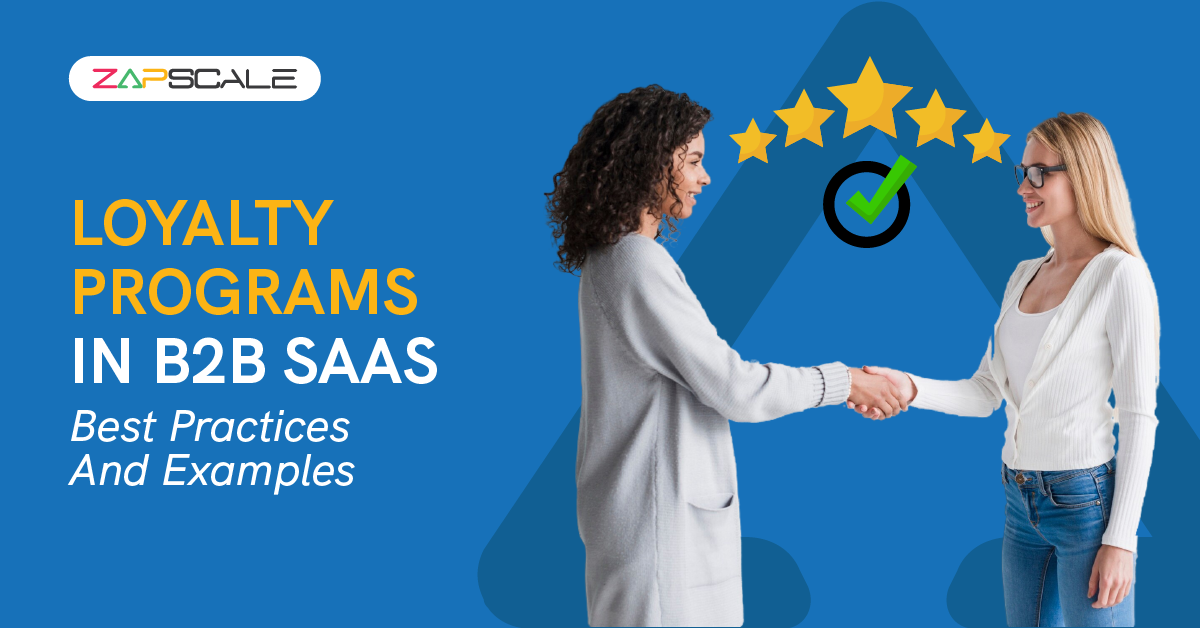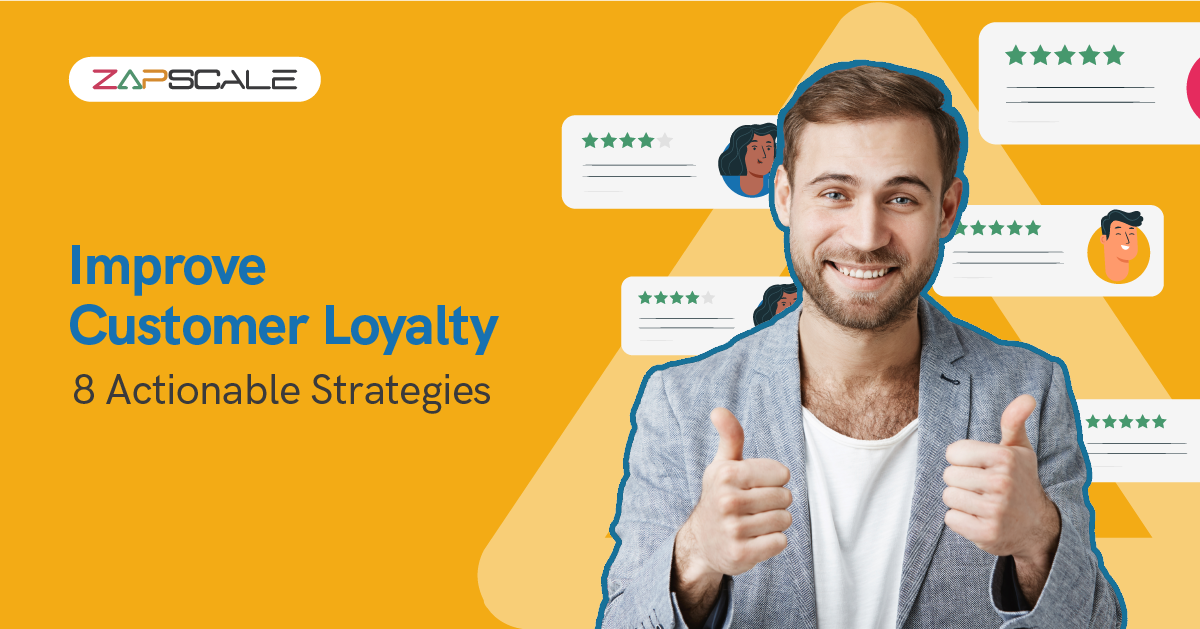CATEGORY > Customer Loyalty
B2B Loyalty Programs: Building Stronger Business Relationships

What Are B2B Loyalty Programs?
Loyalty programs are strategic initiatives that are designed to strengthen relationships with your customers by offering them tailored rewards, incentives, and exclusive benefits.
These programs aim to recognize and reward your customers for their continued subscription, usage, and advocacy of your product.
Through these loyalty programs, your customers can earn points or benefits based on their engagement, such as renewing subscriptions, referring new customers, or utilizing advanced features.
These rewards can be redeemed for discounts on future services, access to premium features, dedicated support, or other value-added services.
The main goal of these programs is to enhance customer retention, deepen customer engagement, and encourage long-term partnerships, ultimately driving sustainable growth.
Types Of B2B Loyalty Programs
The type of a particular B2B loyalty program may vary based on the industry, target audience, and business goals.
Here are some common types of B2B loyalty programs:
1. Tiered Loyalty Programs
Tiered loyalty programs are designed to reward business customers based on their level of engagement, subscription plans, or overall spending.
Customers start at a basic tier with standard support and basic product features.
As they invest more in the platform — whether by upgrading to a higher-tier subscription plan, adding more users, or integrating additional services—they unlock advanced benefits.
2. Points-Based Programs
Points-based programs reward customers for their continued engagement with the platform.
Points can be earned through activities such as renewing subscriptions, participating in webinars, or referring other businesses to the service.
These points can then be redeemed for various rewards, like discounts on future renewals, additional service credits, or exclusive access to advanced training sessions.
3. Cashback Programs
Cashback programs offer customers a financial incentive for their loyalty.
A percentage of their monthly or annual subscription fees is credited back to their account, which can be applied to future billing cycles, used to unlock additional services, or saved up for larger discounts on major upgrades.
4. Partner Programs
Partner programs in a B2B SaaS context involve collaborations with other complementary service providers to offer customers additional value.
For example, a SaaS company specializing in CRM software might partner with a cloud storage provider to offer integrated services or bundle discounts. Customers benefit from the convenience of having interconnected tools that work seamlessly together, often with added financial incentives.
5. Gamified Programs
Gamified loyalty programs introduce game-like elements to the customer experience, making engagement with the platform more interactive and rewarding.
Customers might earn badges for reaching usage milestones, such as fully adopting a new feature, or they could climb a leaderboard based on their level of activity or successful referrals.
Importance of Loyalty Programs for B2B SaaS Businesses
Investing in B2B loyalty programs yields significant benefits:
1. Increased Customer Retention
Loyal customers are more likely to continue doing business with a company, reducing customer acquisition costs.
2. Higher Customer Lifetime Value (CLTV)
Loyal customers tend to spend more over time, contributing to increased revenue and profitability.
3. Improved Customer Satisfaction
Recognizing and rewarding customer loyalty demonstrates appreciation and builds stronger relationships.
4. Enhanced Brand Reputation
Successful loyalty programs can enhance a company's reputation as a customer-centric organization.
5. Valuable Customer Insights
Loyalty program data provides valuable insights into customer behavior, preferences, and needs, enabling data-driven decision-making.
Differences Between B2C Loyalty Programs and B2B Loyalty Programs
While both B2C and B2B loyalty programs aim to foster customer loyalty, there are key differences:
1. Target Audience
B2C programs focus on individual consumers, while B2B programs target businesses.
2. Rewards
B2C programs often offer tangible rewards like discounts or merchandise, while B2B programs may provide more business-oriented benefits like exclusive services or early access to new products.
3. Metrics
B2C programs typically measure customer satisfaction and purchase frequency, while B2B programs also track metrics like revenue growth and contract renewals.
4. Relationship Building
B2B programs emphasize building long-term partnerships and trust, while B2C programs focus on individual transactions.
Best B2B Loyalty Program Features to Include
A successful B2B loyalty program should incorporate the following features:
1. Personalized Rewards
Tailor rewards to individual customer needs and preferences.
2. Clear Communication
Effectively communicate program benefits, terms, and conditions.
3. Multiple Tiers Or Levels
Offer tiered benefits to incentivize increased engagement and spending.
4. Exclusive Access
Provide members with exclusive access to products, services, or events.
5. Customer Support
Offer dedicated support for loyalty program members.
6. Data-Driven Insights
Utilize program data to optimize rewards and customer experiences.
B2B Loyalty Program Examples
Several companies have implemented successful B2B loyalty programs:
- Adobe: Offers tiered loyalty programs with benefits like exclusive product discounts, training, and support.
- Cisco: Provides a partner loyalty program with rewards, incentives, and resources to support channel partners.
- SAP: Offers a customer loyalty program with points, rewards, and exclusive access to events and resources.
ABOUT THE AUTHOR
Popular from Customer Loyalty
Quality Content,
Straight To Your Inbox!
Subscribe for the latest blogs, podcasts, webinars, and events!

Write a Blog
If you have experience in CS and
a flair for writing, we’d love to
feature you.
Write to us on
hello@zapscale.com




